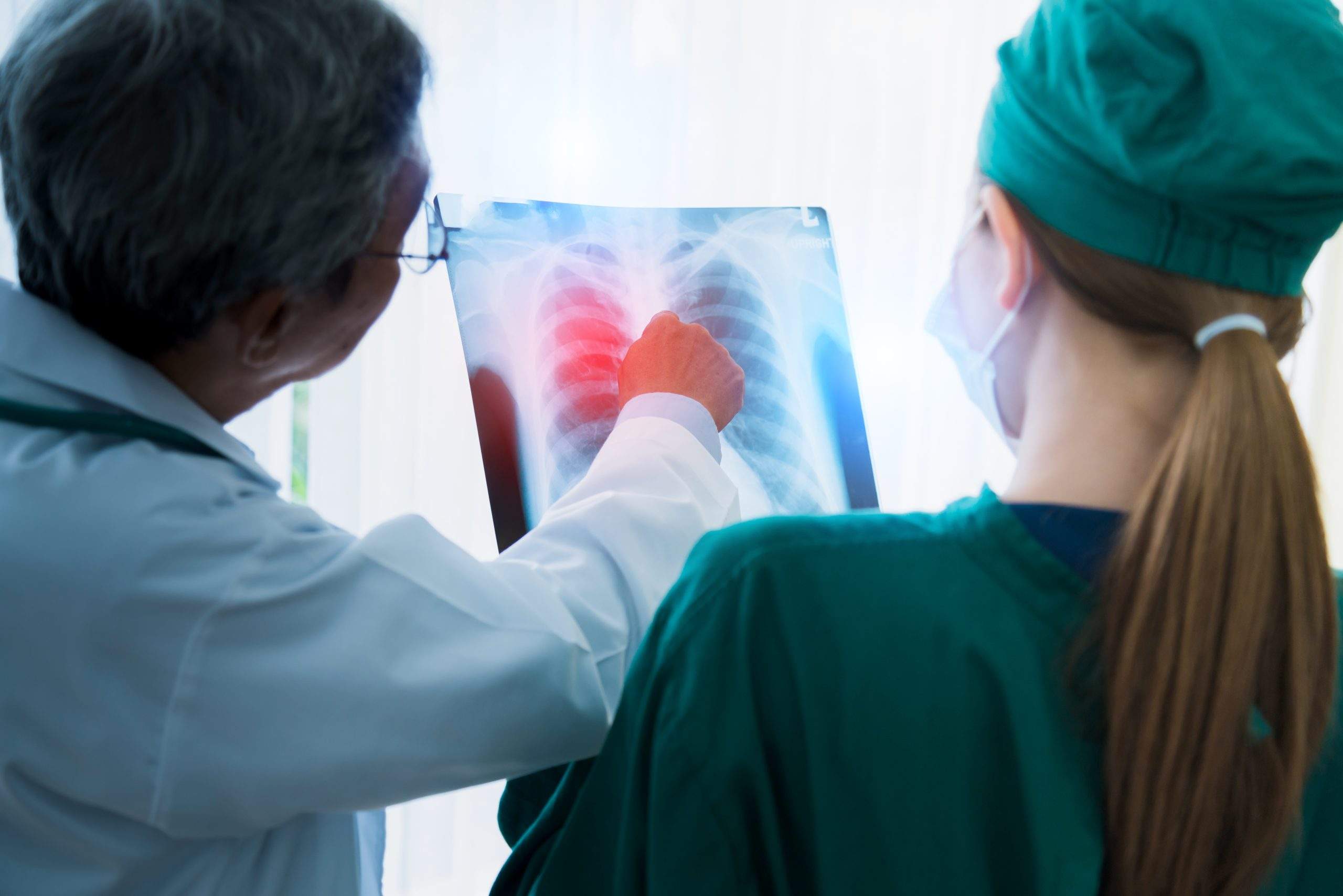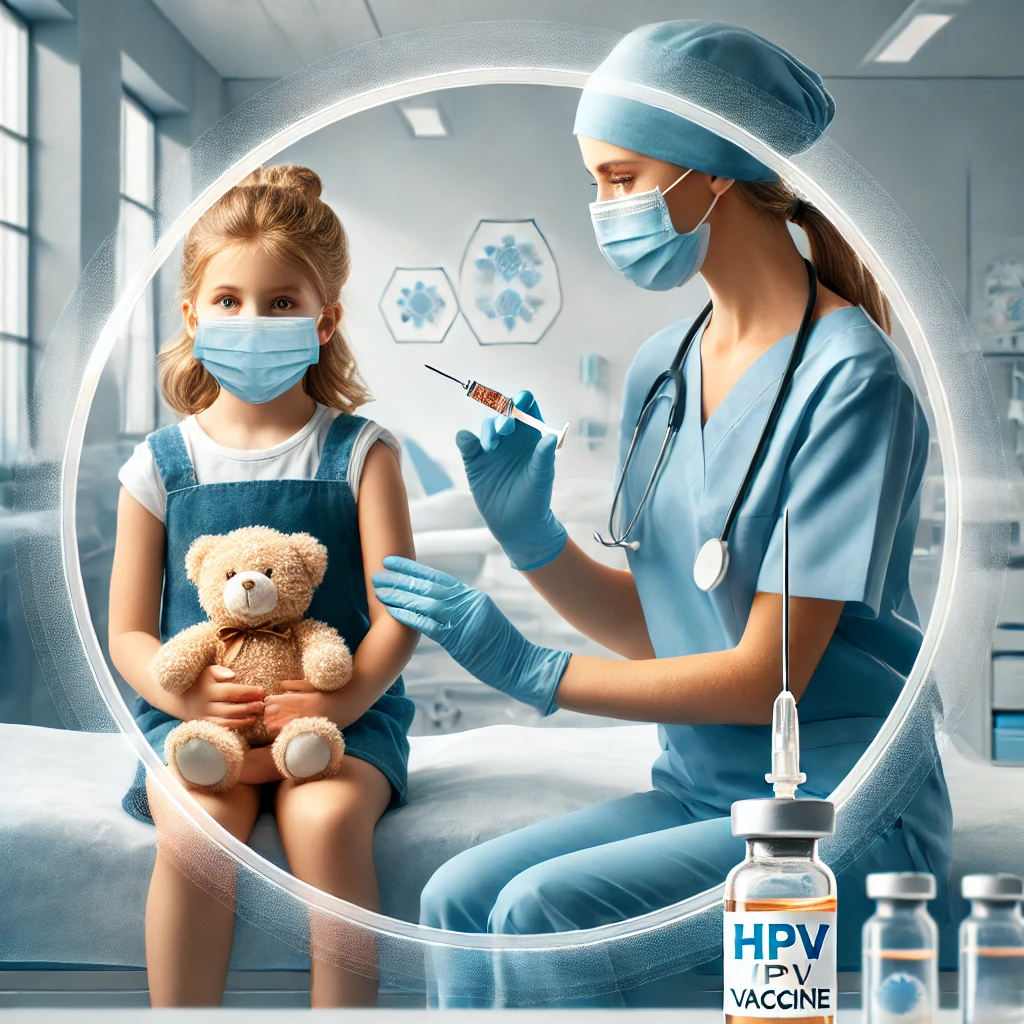The prognosis for lung cancer patients is better when the disease is diagnosed early, that is why people at high risk of lung cancer are encouraged to undergo routine screening designed to detect cancer in the lungs
Lung cancer screening is done with a low-dose computed tomography (CT) scan, also called an LDCT, of the chest—like a mammogram used to detect breast cancer- a preventive tool that may detect illness symptoms at an early stage, when treatment is simpler.
A low-dose CT scan is non-invasive and takes only a few minutes to complete. The screening test functions similarly to a standard CT scan, but with a substantially lower radiation dosage, lowering the danger associated with annual or more frequent scans.
The U.S. The Preventive Services Task Force advises an annual LDCT lung screening for patients who are:
- Aged 50 to 80
- A current or former smoker who quit less than 15 years ago
- A person with a heavy smoking past (defined as a 20 pack-year history, which is one pack a day for 20 years, or two packs a day for ten years, and so on).
If a person’s employment puts him or her at a higher risk of lung cancer, an LDCT scan of the chest may be recommended.
The test may not be indicated if the patient is under the age of 50, a light smoker, or quit smoking more than 15 years ago.
A low-dose CT scan emits one-fifth the radiation of a standard CT scan, making it suitable for routine examination.
Technically, an LDCT scan provides about 1.4 millisieverts (mSv) of radiation (the scientific unit for measuring ionizing radiation), while a standard diagnostic CT scan is closer to 7 mSv, based on the Agency for Healthcare Research and Quality.
A person’s typical annual exposure to background radiation is 3 to 5 mSv.
Written by
Dr. Madhuri Palli,
Senior Radiologist,
Mahatma Gandhi Cancer Hospital and Research Institute, Visakhapatnam














